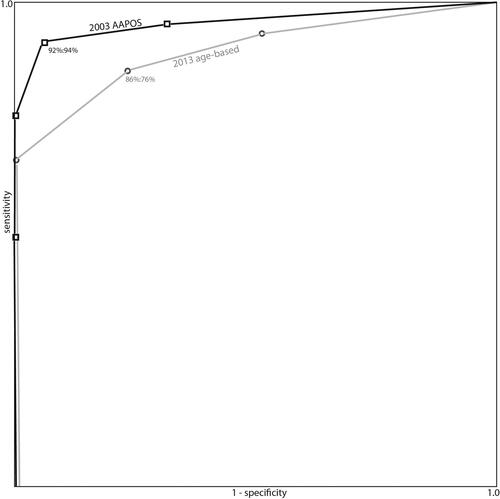Figures & data
Table 1 Compared refractive values for spherical equivalent (Sph Eq) hyperopia (hyper) and astigmatism (cyl) greater than 0.7 diopters for right eye and left eyes (R and L). Median and 90% CIs are given. Medians compared between SBA-RS and cycloplegic refractions (bus and C; upper of each Mann–Whitney z value) and Retinomax compared to cycloplegic refraction (RM and C; lower of each z with p= probability). Patients with developmental delays compared for impact on relaxing accommodation
Table 2 Regressions: For each refractive component comparing a noncycloplegic screen with either bus (SBA-RS) or Retinomax with cycloplegic actual refraction. Refractive values of hyperopia (hyp) and astigmatism (cyl) sorted to those greater than 0.7 diopters (Rx>0.7)
Table 3 Discrepancies between SBA-RS and Retinomax for spherical equivalent more than 1D diffference (sphEq), astigmatism cylinder power more than 1 diopter (cyl) and astigmatism axis beyond 10° (axis). Chi-square value z and probability p
Figure 1 The school bus accommodation-relaxing skiascopy (SBA-RS) technique being utilized by author RWA in a remote Burma clinic demonstrating a higher plus lens over the nonstreaked eye to produce fogging effect (written informed parental consent given to share photo).
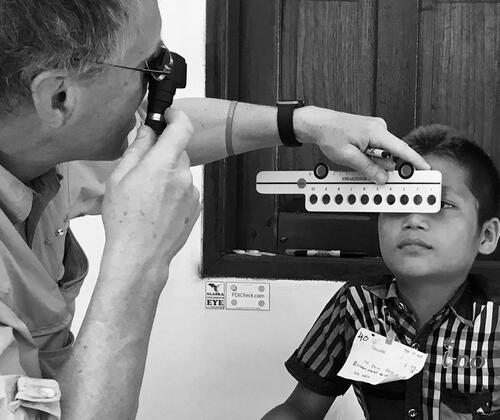
Figure 2 Linear regression for spherical equivalent comparing two screening methods (abscissa) SBA-RS (open black circles and solid black regression line) and Retinomax (solid gray diamonds with dashed gray regression line) compared to cycloplegic refraction in diopters (ordinate).
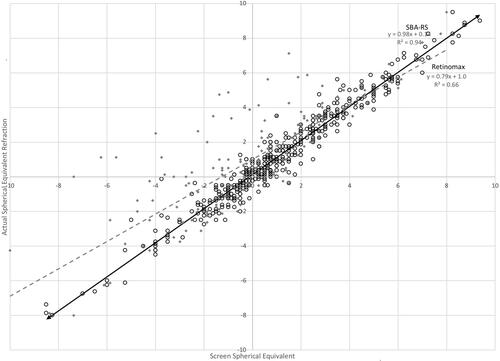
Figure 3 Linear regressions for SBA-RS versus cycloplegic spherical equivalent refraction for patients with and without developmental delays separating those with hyperopia (spherical equivalent greater than 0.7 D).
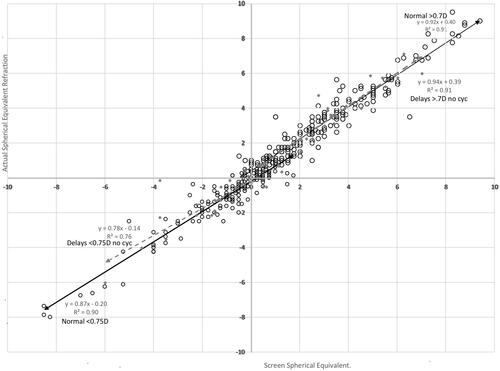
Figure 4 Linear regression for astigmatism cylinder power comparing two screening methods (abscissa) SBA-RS (open black circles and solid black regression line) and Retinomax (solid gray diamonds with dashed gray regression line) compared to cycloplegic refraction in diopters (ordinate).
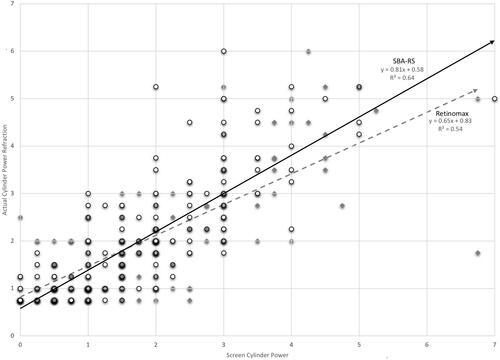
Figure 5 Linear regression for astigmatism J0 vector comparing two screening methods (abscissa) SBA-RS (open black circles and solid black regression line) and Retinomax (solid gray diamonds with dashed gray regression line) compared to cycloplegic refraction in diopters (ordinate).

Figure 6 Linear regression for astigmatism J45 vector comparing two screening methods (abscissa) SBA-RS (open black circles and solid black regression line) and Retinomax (solid gray diamonds with dashed gray regression line) compared to cycloplegic refraction in diopters (ordinate).
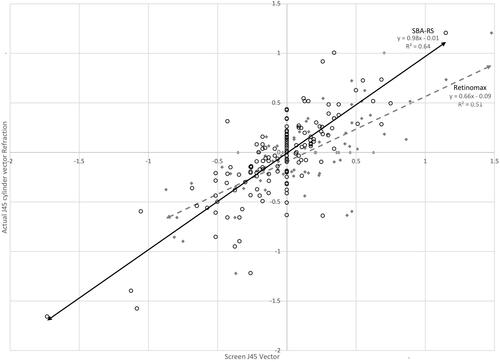
Figure 7 Bland–Altman plot comparing patients with astigmatism 0.75 and greater measured by school bus accommodation relaxing skiascopy (SBA-RS) and cycloplegic refraction for J0 vector.
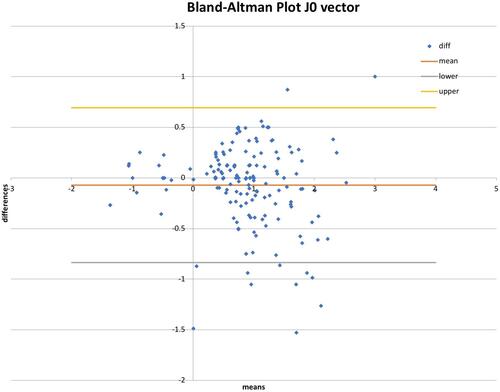
Figure 8 Bland–Altman plot of J45 vector for patients with astigmatism 0.75 diopters and greater measured with SBA-RS compared to cycloplegic refraction.
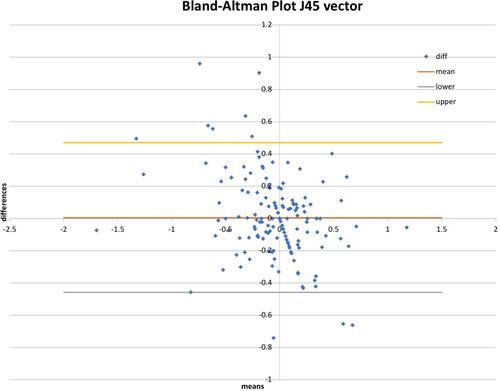
Figure 9 Receiver operating characteristic (ROC) curve for screening cycloplegic refractive amblyopia risk dactors (ARF) with school bus accommodation-relaxing skiascopy (SBA-RS, black) and Retinomax (gray). Two published uniform gold-standard guidelines from the American Association for Pediatric Ophthalmology and Strabismus (AAPOS) 2003 (solid squares) and age-stratified from 2013 (dashed circles).
